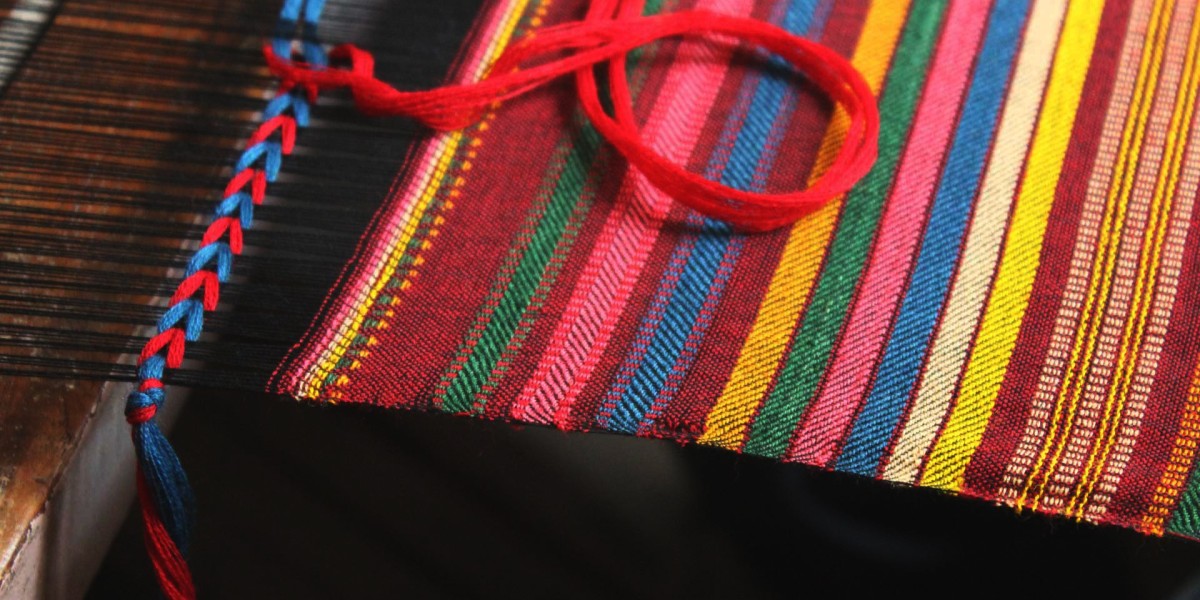Traditional fabrics have long held a place not just in fashion, but in the identity of communities and nations. They reflect centuries of artisanal knowledge, heritage practices, and practical design built for real-life conditions. While synthetic materials may dominate fast fashion and global manufacturing, traditional textiles like cotton, linen, wool, silk, and handwoven blends continue to prove their relevance, durability, and emotional resonance.
What makes these fabrics so enduring isn’t just nostalgia, it’s their adaptability, breathability, and the unmistakable touch of authenticity. From ceremonial garments to everyday wear, their textures carry cultural memory and meaning. Unlike mass-produced synthetics, traditional fabrics embody intention and artistry in every fiber.
Breathability, Comfort, and Climate Responsiveness
Synthetic fabrics often trap heat and moisture, leading to discomfort during long wear. Traditional materials like pure cotton or handwoven linen, however, allow the skin to breathe. They’re often woven with regional climates in mind—wool in colder regions for insulation, lightweight cottons in hot, arid zones for moisture wicking.
One major advantage is temperature regulation. Wool, for example, insulates during winter yet wicks moisture during warmer seasons. Hand-spun silk, while perceived as delicate, is surprisingly strong and thermally adaptive. Such features make traditional textiles not only versatile but smarter for year-round wear. They don’t just sit on the body, they respond to it.
Eco-Friendliness Rooted in Legacy
Modern fashion often promotes eco-consciousness as a trend. But traditional fabric production has long embraced sustainable practices by necessity, not as a branding tool. Artisans have historically used biodegradable materials, natural dyes, and energy-efficient tools. There’s an inherent low-carbon footprint in hand-loomed production compared to industrial methods.
Furthermore, many traditional textiles support regenerative agricultural practices. Hemp, for instance, restores soil health while requiring less water. Natural indigo dye, still used in many regions of India and Africa, reduces chemical waste. These techniques weren’t created to fit a green agenda—they simply work with nature, not against it.
Quality and Longevity Over Quantity
Fast fashion has created a culture of disposability. Cheap synthetics lose shape, fade quickly, and contribute to landfill overflow. In contrast, traditional fabrics age well. They soften, retain form, and often look better after repeated use. A handwoven wool shawl or a well-maintained cotton kurta can last decades, sometimes passed down through generations.
The cost-per-wear of such garments is significantly lower over time. While the upfront price may be higher, the return is in durability. This long-term mindset challenges today’s quantity-over-quality impulse, encouraging more thoughtful consumption habits.
Emotional Connection and Storytelling Through Fabric
There’s an emotional component to wearing garments made from traditional fabrics. They often come with stories—of regions, artisans, festivals, or even family members. Wearing a fabric that your grandmother once wore doesn’t just evoke nostalgia; it builds a bridge across time. It’s heritage stitched into the present.
The tactile sensation of khadi cotton or the crisp structure of raw silk carries more than aesthetic value—it carries memory. These textiles aren’t just worn; they’re lived in.
Supporting Indigenous Economies and Skilled Labor
Choosing traditional fabrics supports more than your wardrobe—it supports livelihoods. Across Asia, Africa, and Latin America, thousands of weavers, dyers, and artisans rely on the continued demand for their skills. Each purchase becomes a vote for craftsmanship over automation.
According to The Ethical Fashion Initiative, supporting artisanal production helps preserve cultural heritage while promoting economic independence in vulnerable communities. This human connection—between maker and wearer—is impossible to replicate in machine-led mass production.
Adaptability in Contemporary Fashion
It’s a mistake to think that traditional fabrics belong only to the past. Designers around the globe have reimagined them for modern silhouettes and styles. Linen suits, cotton maxi dresses, wool coats, and silk blouses—all examples of traditional textiles finding fresh form. Fashion houses and local tailors alike blend time-honored materials with contemporary cuts, proving that tradition doesn’t mean outdated.
Modern brands are increasingly sourcing traditional fabrics not just for their quality, but their story and soul. The result is a product with character, a sharp contrast to the flat uniformity of synthetics.
Interestingly, the revival of khaddar stitched suits reflects this exact intersection of old and new. These suits, made from hand-spun khaddar fabric, offer breathability and texture, perfect for cooler seasons and formal events. Their popularity among younger consumers isn’t just a trend; it’s a shift toward meaningful clothing choices. Khaddar stitched suits symbolize both cultural pride and fashion consciousness, making them more than just a seasonal outfit, they’re a deliberate statement.
Minimal Allergen Exposure and Skin-Friendliness
Many individuals with skin sensitivities find traditional fabrics more tolerable than synthetic alternatives. Natural fibers are less likely to cause irritation, as they don’t trap heat and moisture in the same way. The lack of chemical coatings, plastic-based threads, and artificial dyes makes them safer for prolonged contact with the skin.
Organic cotton, in particular, is often recommended for infants and those with eczema. Silk proteins are known for their hypoallergenic qualities, while wool’s lanolin offers natural antibacterial properties. These are not just fabric features, they’re essential health considerations.
Tradition as a Form of Resistance
In a world that increasingly favors homogeneity, wearing traditional fabrics is also a cultural assertion. It’s a refusal to let centuries of design knowledge be erased by factory lines. Each piece woven by hand is an act of preservation and, sometimes, quiet rebellion.
Fashion can be political. Choosing traditional materials can counter colonial legacies that once devalued local craftsmanship in favor of imported goods. Reclaiming traditional fabrics isn’t about sentimentality; it’s about ownership of identity and history.
Economic and Environmental Costs of Synthetic Dominance
It’s easy to forget that synthetic fabrics are oil-based. Polyester and nylon are derived from fossil fuels, contributing heavily to environmental degradation. Their microfibers pollute oceans, and they take hundreds of years to break down. The Plastic Pollution Coalition
reports that microplastics from synthetic clothing are among the most widespread pollutants in marine environments.
Conversely, traditional fabrics biodegrade. Cotton, wool, and silk return to the earth without toxic residue. If sustainability is truly the goal, then returning to these materials isn’t a novelty, it’s a necessity.
Conclusion
Traditional fabrics are not remnants of a bygone era; they’re smart, sustainable, and emotionally rich choices for the present. They combine durability, ecological responsibility, cultural integrity, and aesthetic beauty in a way that synthetic materials simply cannot match. By choosing them, we align with a slower, more thoughtful approach to clothing, one that values people, place, and purpose.








